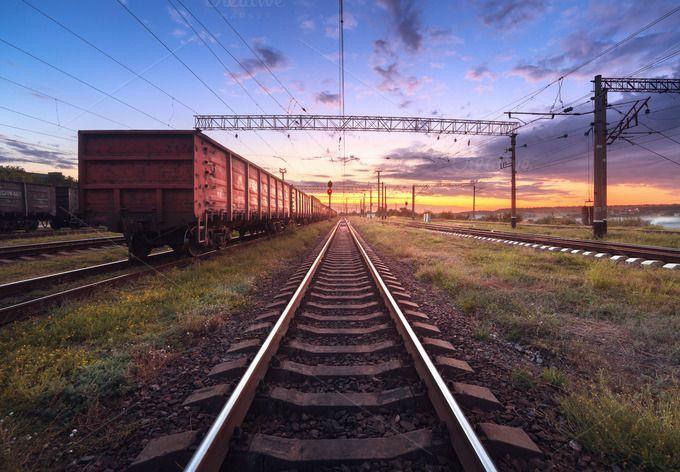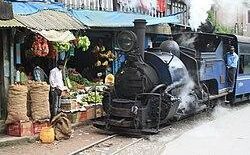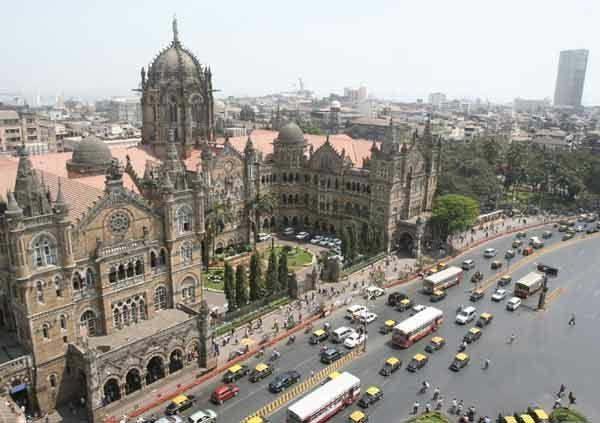#8 Railway Stations as Architectural Marvels! (Indian Railways Series)
Featured Image Source: Pinterest Stations in India are like mini-cities, whose lives are lived on those platforms between arrivals and departures. Among India’s thousands of railway stations, two stand out for their magnificent architecture and heritage – Mumbai’s Chhatrapati Shivaji Terminus and Kolkata’s Howrah Junction. Let’s explore the fascinating history and grandeur of these marvels. Mumbai’s Crown Jewel The rein crowning Mumbai city is undoubtedly its iconic Victoria Terminus, renamed Chhatrapati Shivaji Terminus (CST). Built in 1887 to commemorate the Golden Jubilee of Queen Victoria, this UNESCO World Heritage Site is a breathtaking blend of Victorian Gothic and traditional Indian styles. You will be amazed to know that the station has over 2,000 intricate stone carvings and statues! The domes, turrets, arches, and stained-glass windows showcase stunning craftsmanship. No wonder CST is considered an architectural jewel not just of Mumbai but of India. The Heart of Kolkata Not to be outdone, Kolkata’s Howrah Junction railway station is the oldest and busiest in India. Built in 1854, it served as the headquarters of the Bengal Nagpur Railway during British rule. Do you know Howrah Station covers an astounding 112 acres and has over 26 platforms? It holds the record for the longest platform in India. The iconic Howrah Bridge looms right outside. You will be shocked to learn that Howrah station handles over 1 million passengers daily. Its intricate pillars, arches, and domes may be obscured by the rampant crowds today, but they remain architectural accomplishments. Hubs of Humanity But it is the pulsing humanity that gives these stations their soul. Equipped to handle mass mobility, they are cities within cities. Hawkers, porters, touts, coolies, vendors – an entire microcosm thrives on the platforms. The cries of chaiwallahs, the ringing of bells, the commotion of arrivals and departures – stations encapsulate the diverse sounds of India. From weary travelers to excited families, the users shape the identity of these architectural icons. Monuments to the Past With trains becoming modern and sleek, stations like CST and Howrah are still majestic stone monuments to the past. They remind us of the engineering feats, artistic vision, and grand plans that created the vast Indian Railways network. So next time you’re at these stations, stop to admire the towering ceilings, intricate pillars, and imposing facades. Marvel at the legacy of those who imagined and sculpted these architectural gems. Source









